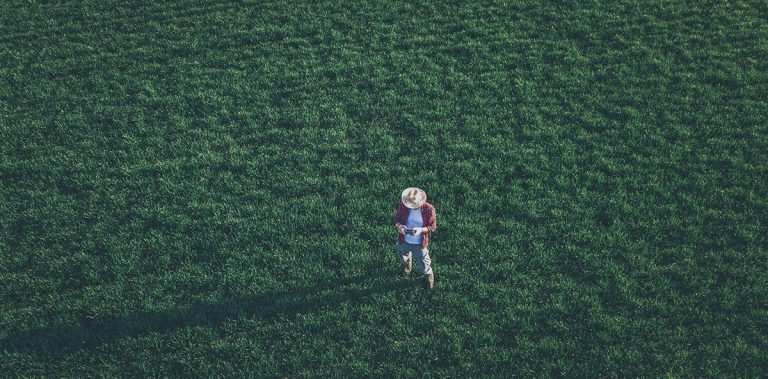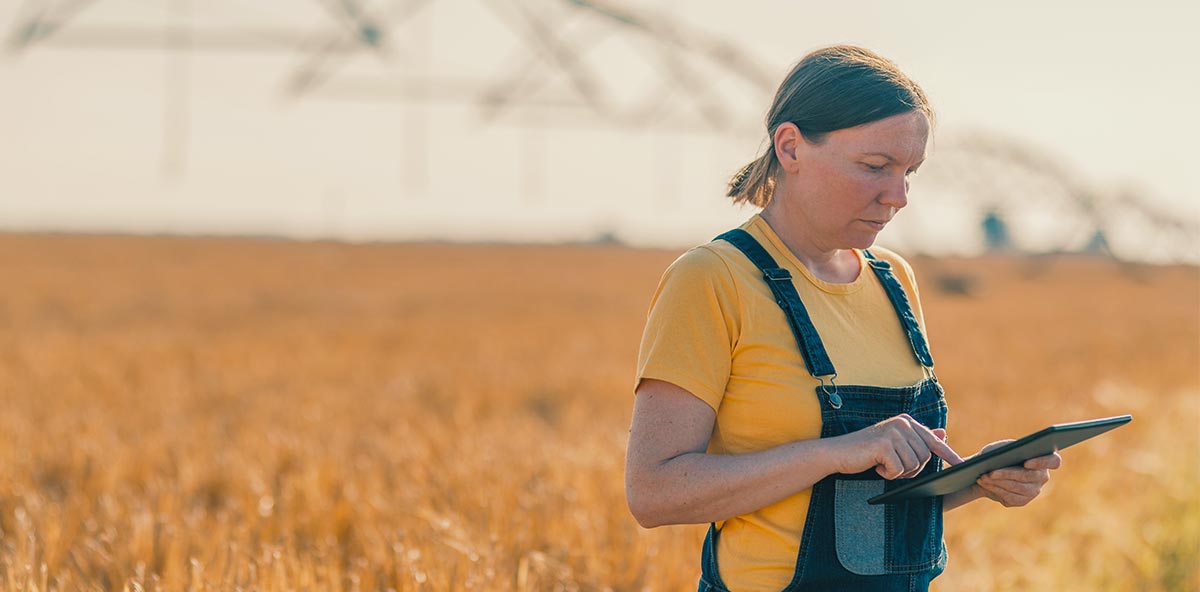Robots are innovating every aspect of our life, including agriculture, renewing its future
Farmers have always needed a lot of information to cultivate their fields; although agriculture is considered to be far from high tech, in reality robotics is essential to improve crops, especially in the Industry 4.0 era.
In fact, Big Data is necessary for agriculture, where the variables to consider are numerous and where the territories to monitor are very large. For this reason, technology and robots are the key to supporting innovation in agriculture. At the same time, these technologies could improve the quality of life of many farmers by increasing their business and production.
Agriculture is facing several challenges and the only way to keep up to date is to innovate: the average age is advancing and now people after fifty still work in difficult conditions; high labor cost, climate change… For these reasons, robotics is committed to improving the future of agriculture.
Here are some of the most innovative robots supporting a better future for agriculture

Exoskeleton
The average age is rising in agriculture and the latest data indicate an average range between 50 and 58 years, with consequent problems in the smaller farms, where there are no younger generations willing to work in the fields. Therefore, the solution comes from engineering. Several multinationals have designed special exoskeletons capable of supporting workers (in this case, farmers). How does it work? This kind of robot follows the movements of the farmer, without interfering. It relieves the pressure on legs, arms and knees, acting as a general support in lifting the weights.
Fruit pickers
Although we tend to consider robots useful in the heaviest jobs, there are some small robots capable of harvesting fruit, including strawberries; thanks to them, farmers could thus collect all the fruit produced during the season. In fact, generally during the peak of the season, farmers can afford to pay other workers to harvest only one time, while subsequent productions simply stay on the trees until they rot. Thanks to AI and Machine Learning, robots are able to understand when the fruit is ripe for the plucking, with enormous benefits for producers.
Drones
It is a fairly well-known technology, since its first applications date back to the 80s. At the moment, drones are used to map, monitor and generate 3d images; the crops are often found on vast territories, and it is very difficult to monitor everything constantly. For example, if a person takes about 11 hours of work to sample one acre of land by foot, a drone is able to sample 500 to 1000 acres in one day.

Robot pulls weeds
Weeds and infesting plants are one of the biggest problems for farmers; it is impossible to eradicate them one by one and, at the same time, using herbicides makes the weeds more resistant and insensitive to pesticides. To protect plants from pests there is now a special robot capable of cleaning up the weeds. The cooperation of mechanical engineering, robotics and machine learning was necessary to achieve the result. In fact, thanks to machine learning, the robot is able to recognize the root of the weed and uproot it once it is ripe.


